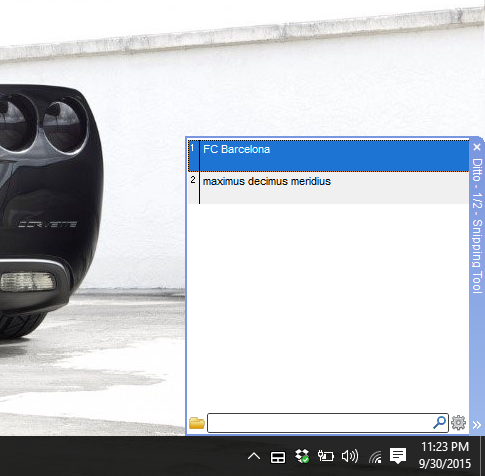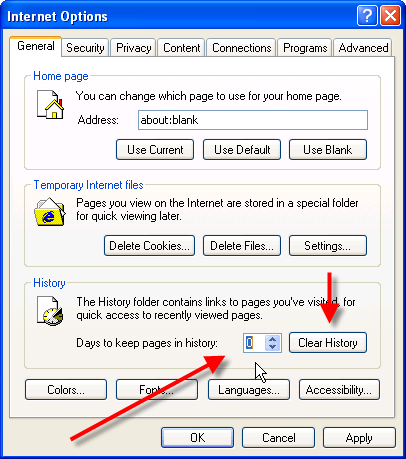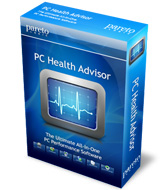As part of Windows 10 Insider Preview Build 14328, Microsoft has released a preview of the new Start menu experience. We discuss the changes, the new settings, and of course how to get it right now.
A Brief History of the Windows Start Menu

The Windows 95 Start menu. Looks comparatively primitive!
Start menu – along with the taskbar – is one of the major user interface elements in Windows. It was introduced for the first time in Windows 95 as a quick way to access all your programs, documents, get help, or run commands and scripts – in other words, it allowed you quickly get started with work on your PC.
Since then, Microsoft has improved the Start menu in ways big and small. It was updated to a two-column layout in Windows XP with additional shortcuts, and faster access to all installed programs. Windows Vista and 7 didn’t add much before it received a major overhaul in Windows 8 – much to most user’s annoyance. Microsoft called it the “Start screen” now, since the Start menu would completely take over your screen with big, touch-friendly widgets.
With Windows 10, Microsoft take one step back, and two steps forward (yes I’m aware this is not the correct use of those lyrics) by elegantly mixing the Start menu with popular elements of the Start screen. The result was this:

Most used apps, and quick shortcuts on the left, followed by a smaller version of the Start screen with live tiles on the right. Users love it.
The New Start Menu in Windows 10

The latest Insider Preview Build (14328) comes with several new preview features, one of the most important of which is the updated Start menu. We discussed the new Start menu just three weeks ago when its design was leaked. Here’s what’s officially new, listed in bullet points for your reading pleasure:
- Your Most used apps and All apps are now in a single scrollable list. Staring with regularly used apps at the top, followed by an alphabetically-ordered list of every single app installed on your PC. This should greatly reduce the number of steps and time required to launch apps that aren’t your most used ones but are still important to have close by.
- The previous options that were fully visible on the left column in old the Start menu – File Explorer, Settings, and Power – are now listed as just icons on the left ‘rail’.
- The Recently added sublist in that would usually show just one program under the Most used programs can now show up to three apps at a time, but you can expand it to see all recently added apps. Great!
- Folders you add to the Start menu are now shown directly on the Start menu so you don’t have to click on the three-line “Hamburger” menu to view them.
All in all, the new Start menu brings everything closer to you so you can get started with work faster. These small changes will certainly add up to make for a much improved user experience.
How to get the new Start menu?
As we stated at the beginning of this blog post, the new Start menu is currently only available on Windows 10 Insider Preview Build 14328 (or later). What this means is you will have to first join the Windows Insider program, and be on the “fast ring” release cycle so you can have the latest build (otherwise you’ll be on the “slow ring” which is currently on build 14279).
If all that sounds too complicated for you, I say that’s a good thing. It really isn’t worth going through all the trouble to sign up, download, install and set up the unreliable preview builds just so you can experience the new Start menu.
We suggest you wait it out till the Anniversary Update that is expected in June later this year. Without a shadow of doubt, Microsoft will include the new Start experience in that major release.
Until then, enjoy the current Start menu! It’s not that bad.
(via Windows Blog)
The post New Start Menu In Windows 10: Everything You Need To Know appeared first on Windows Clan.




